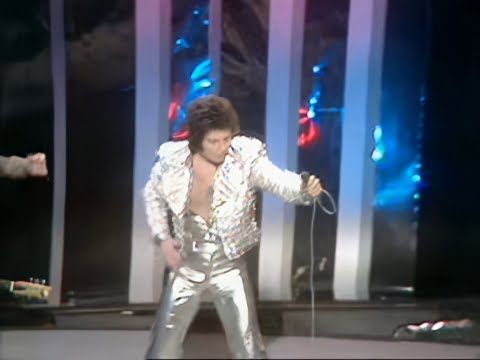
-
play_arrow
Radio Flora TM More music, more variety
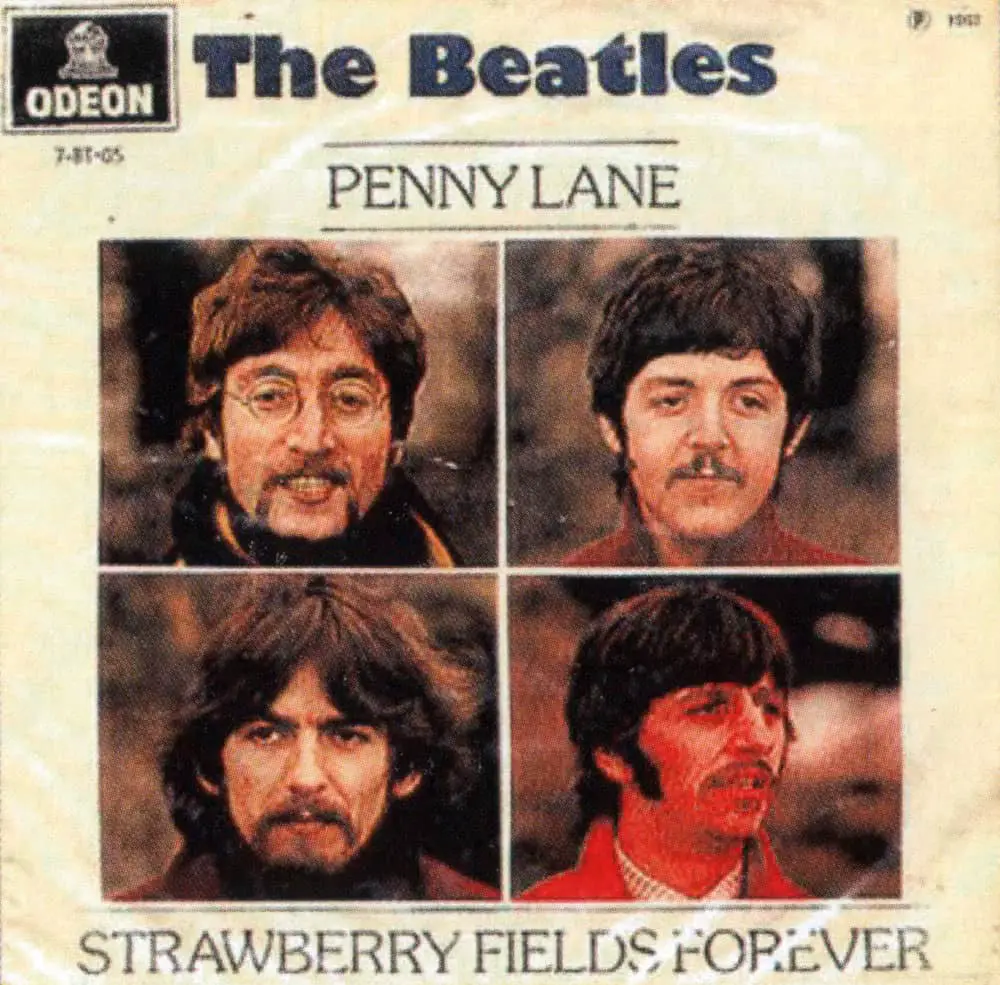
‘Penny Lane’ was released on February 17, 1967 as a double a-side with ‘Strawberry Fields Forever’.
‘Penny Lane’ was written by Paul McCartney in the music room at his London home, 7 Cavendish Avenue, near to EMI Studios at Abbey Road.
Penny Lane was a street in Liverpool, which also lent its name to the surrounding area. Lennon and McCartney both lived nearby, and often met at the Penny Lane junction to catch a bus into the city centre.
Once it was decided that ‘Penny Lane’ and ‘Strawberry Fields Forever’ would be released as a double a-side single, The Beatles agreed to make a promotional film for distribution to television companies. Both songs’ films were produced by Tony Bramwell and directed by Peter Goldmann.
On 5 February 1967 The Beatles were filmed in Stratford, London, where they rode horses and walked in and around the Angel Lane area. Two days later they went to Knole Park in Sevenoaks, Kent, where the ‘Strawberry Fields Forever’ film had been made a few days earlier. They rode horses through an archway, and then sat at a dinner table where they were served with their musical instruments.
The footage was intercut with material shot in Liverpool, of the areas mentioned in the song and of the Liverpudlian green buses. The Beatles did not feature in these segments, which were filmed on an unknown date.
The recording of ‘Penny Lane’ began on 29 December 1966. Initially working alone, Paul McCartney recorded six takes of piano chords to form the song’s basis, onto track one of the tape.
He then overdubbed another piano part onto track two, fed through a Vox amplifier with a tremolo effect at a low speed, while Ringo Starr simultaneously added a tambourine part.
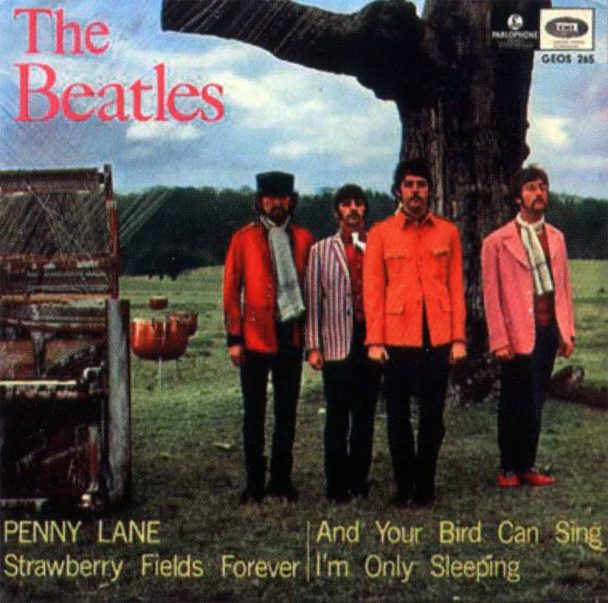
McCartney added more piano onto track three, using EMI’s ‘Mrs Mills’ honky-tonk piano. He also recorded some high harmonium notes, fed through a guitar amplifier, onto track four. At this stage all four tracks of the multitrack tape were full.
The following day, 30 December, a reduction mix was made which moved all the recordings thus far onto track one. This was known as take seven. McCartney and John Lennon then recorded vocals, with the tape machine running slightly slower than normal, at 47.5 cycles per second, so it sounded faster upon playback.
The Beatles returned to ‘Penny Lane’ on 4 January 1967. McCartney recorded more lead vocals onto track three, and Lennon played piano and George Harrison added lead guitar to track two. Both these tracks were unused.
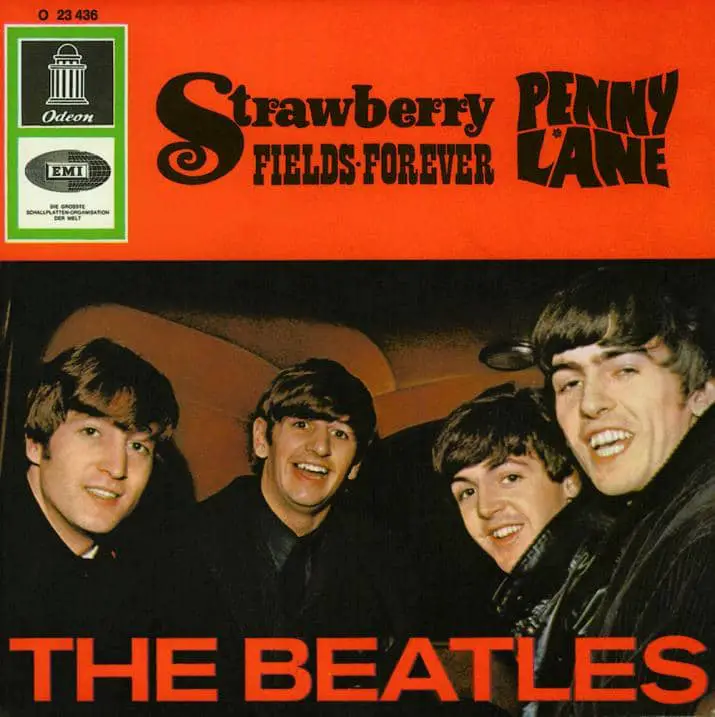
McCartney redid his vocals the following day, 5 January, on track three, with additional vocals from Lennon.
On 6 January drums, congas, electric guitar and bass guitar were added to track two, again with the tape machine running slow at 47.5 cycles per second. A reduction mix was then made – take eight – with instruments moved to track one and vocals to track four, leaving a further two tracks for the remaining overdubs.
The first brass overdub was on 9 January: four flutes, two trumpets, two piccolos and a flugelhorn. The following day The Beatles added harmony vocals, and the ringing of a handbell whenever the fireman or his engine appeared in the lyrics.

On 12 January two trumpets, oboes, cor anglais and a double bass were overdubbed. ‘Penny Lane’ was then left until 17 January, when the final touch was added. This was the song’s distinctive piccolo trumpet part, played by David Mason, whom McCartney had seen performing Bach’s Brandenburg Concerto on BBC Two on 11 January.
Mason was paid £27 10s for his work which, in the absence of any prepared notation, he helped McCartney and Martin write and arrange.
Personnel
Paul McCartney: vocals, piano, bass guitar, harmonium, handclaps
John Lennon: backing vocals, electric guitar, acoustic guitar, piano, handclaps
George Harrison: backing vocals, guitar, handclaps
Ringo Starr: drums, tubular bells, tambourine
Ray Swinfield, P Goody, Manny Winters, Dennis Walton: flutes, piccolos
David Mason, Leon Calvert, Freddy Clayton, Bert Courtley, Duncan Campbell: trumpets, flugelhorn
Dick Morgan, Mike Winfield: oboes, cor anglais
Frank Clarke: double bass
(All data from The Beatles Bible)
Views: 4
- ADVERTISEMENT
Some news
Current show
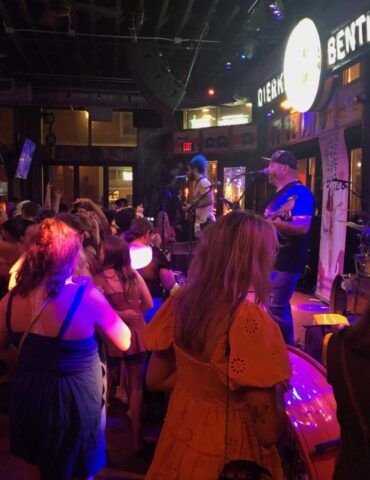
Muzică Country All Day!
O zi în exclusivitate cu muzică country!
Program exclusiv de muzică country! Melodii din anii trecuți, hit-uri vechi, noutățile zilei, precum și cele mai reușite hit-uri de country.
close Billboard Headlines
Billboard Headlines- ‘Let It Be’ Is Now Streaming on Disney+: How to Watch The Beatles Documentary for Free May 9, 2024
- Marc Anthony Makes Top 5 Debut on Tropical Albums Chart With ‘Muevense’ May 9, 2024
- Beyoncé Surprises With Coachella Attendance, Drake & Kendrick Lamar Beef Escalates, Rauw Alejandro’s Tattoo Removal & More | Billboard News May 9, 2024
- ADVERTISEMENT
Statistics
- 1
- 790
- 695



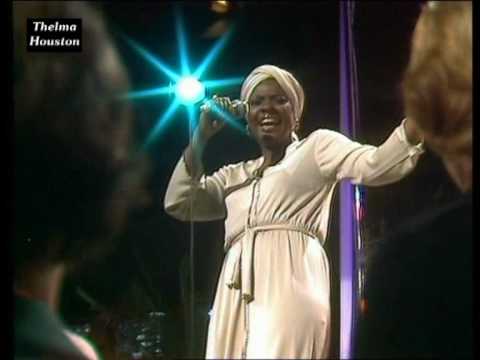
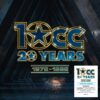
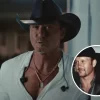
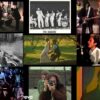
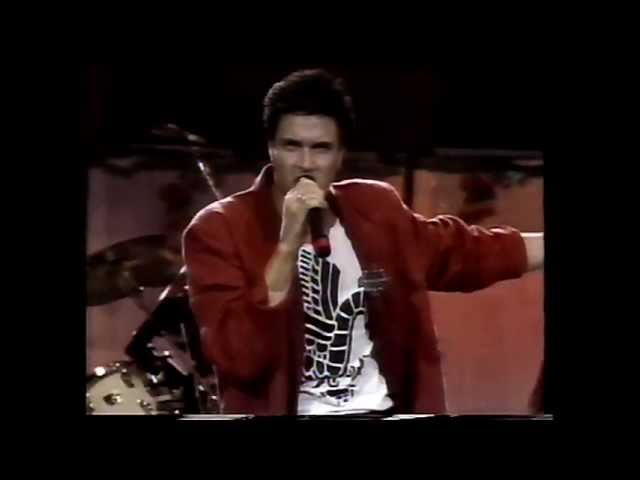
Post comments (0)